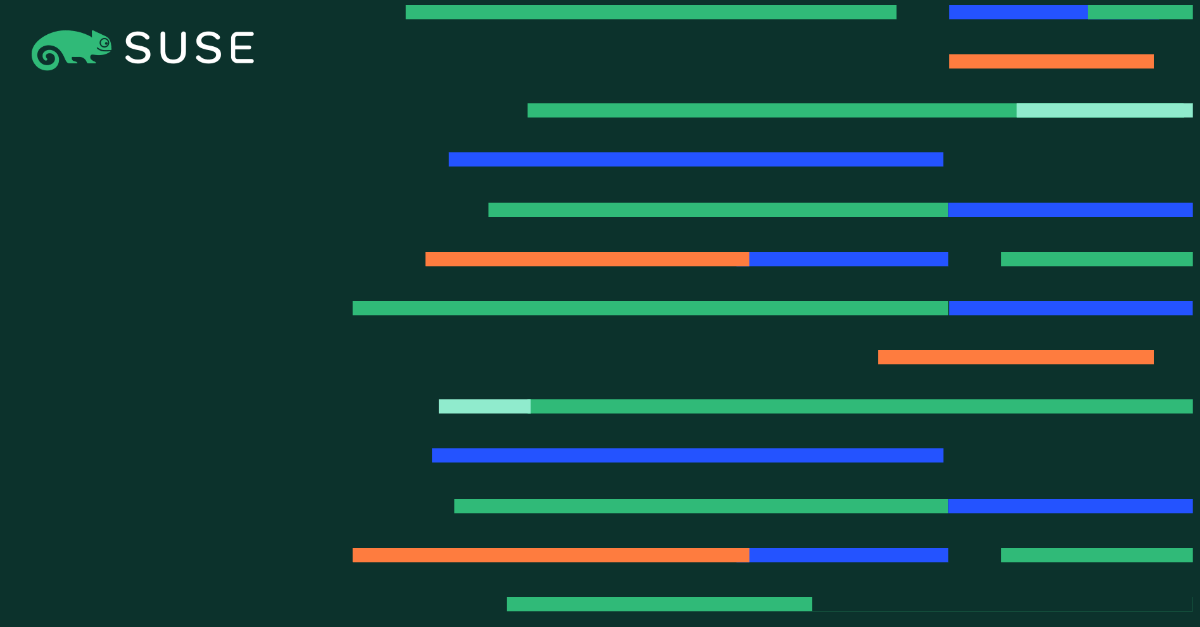How to Easily Deploy Harvester on ARM-Based Servers
In March this year, we announced a customer preview of Harvester on ARM-based servers after recent updates to KubeVirt and RKE2. Explore the benefits of Harvester on cutting-edge ARM platforms, broadening its applicability.
Arm is a leading technology provider of processor IP and uses K3s, Rancher Prime and other SUSE solutions to streamline its organization-wide DevOps processes. With their lower overall energy costs, enhanced performance for specific workloads, cost savings and superior scalability, it was a natural decision for the Harvester team at SUSE to partner with Arm.
Deploying Harvester to ARM servers
The good news is we’ve made deploying to ARM as easy as possible. Harvester ships as a bootable appliance image, and thanks to community images, you can install it directly on an Arm-based bare metal server.
- Verify that the minimum hardware and network requirements are met. For the purpose of this example, a minimum of eight cores would be sufficient.
- To get the ISO image, download harvester-v1.x.x-arm64.iso from the Harvester releases page.
- You can also install it using USB or PXE Boot. For the purpose of this blog, we’re just sticking with the ISO option.
- Follow the installation steps for an ISO boot.
- Once harvester boots up post-install, apart from the arch details mentioned in grub entry, there is no discernable difference across amd64 and arm64 architectures when consuming Harvester.

Users who are keen on exploring the underlying K8s cluster can view the architect identified by the kubelet by viewing the node config as a yaml file from the Harvester UI.
When defining VirtualMachineImages on Harvester, please ensure to use the OS specific aarch64 images:
![]()

The rest of the end-user experience stays the same, such as defining VM networks:

Creating a VM:

There are some known limitations with this deployment type:
- Add-ons are currently not packaged in the ARM iso and will be made available with version 1.4.0 of Harvester.
- Mixed host architecture clusters are currently not supported due to known issues during the upgrade path.
- VMs’ guest OS images will also need to be different. For example, you can’t run x86 VMs on this ARM cluster. We recommend creating separate clusters if you need to run both architectures.
- ARM Cluster auto-upgrades are currently not supported. However, users can manually create a version object by using the version-arm64.yaml, which is available with release resources. This will be fixed with version 1.3.2 of Harvester.
Choosing the Arm architecture for your infrastructure brings a multitude of benefits that make it an attractive option for both modern data centers and enterprise environments. We invite you, our community of users, to try out using Harvester on ARM today – we’re actively looking for feedback and can’t wait to hear from you!
In this blog, Andrew Wafaa (Senior Director Software Communities and Fellow) and Dean Arnold (Director of Software Engineering) from Arm have collaborated with Alexandra Settle (Senior Product Manager) and Gaurav Mehta (Principal Software Engineer) from SUSE to explore how you can test a Harvester cluster on Arm-based platforms today.
(Visited 1 times, 1 visits today)
